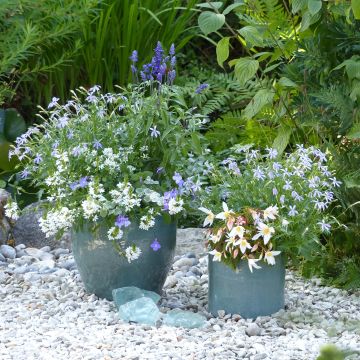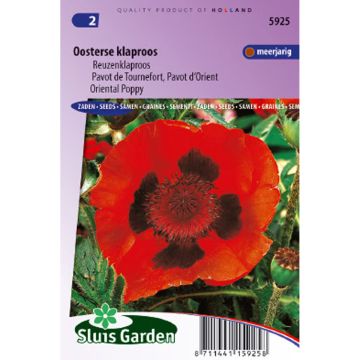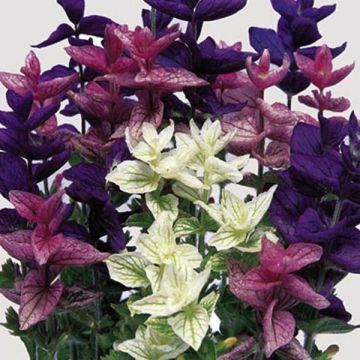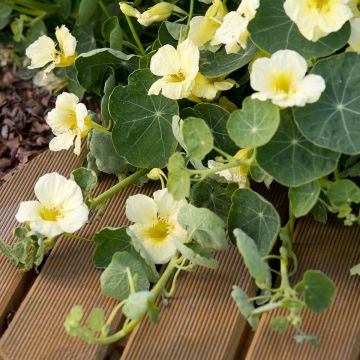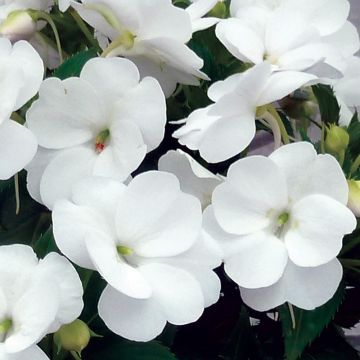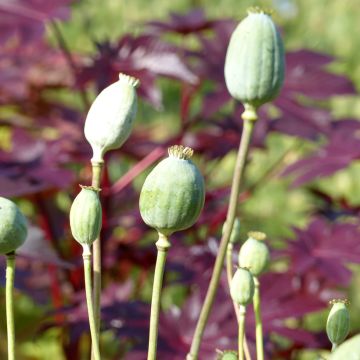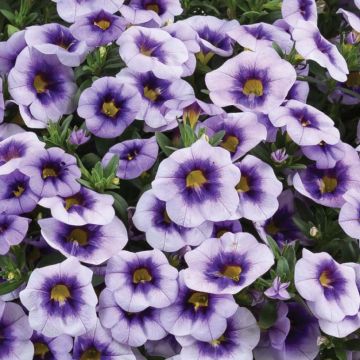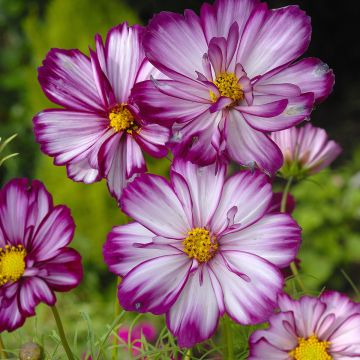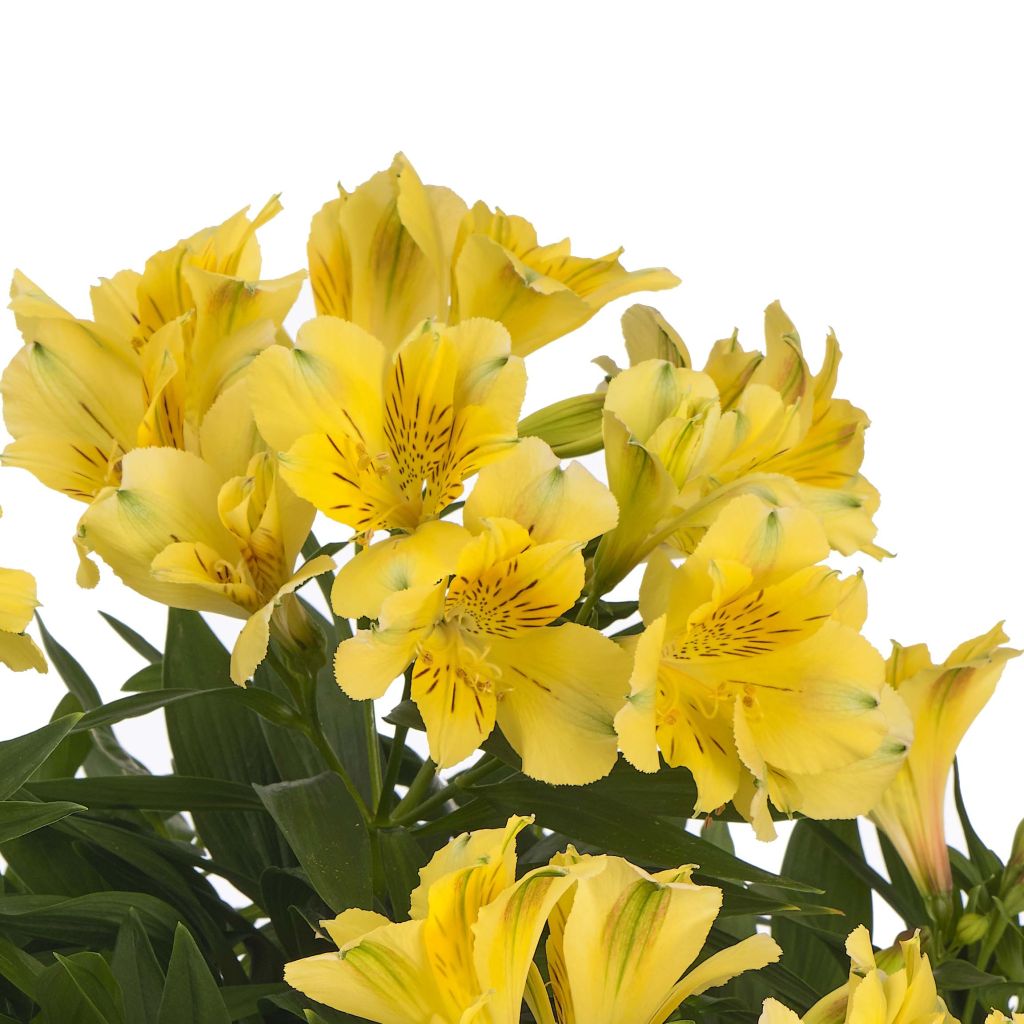

Alstroemeria Inticancha Sun Havana - Peruvian Lily
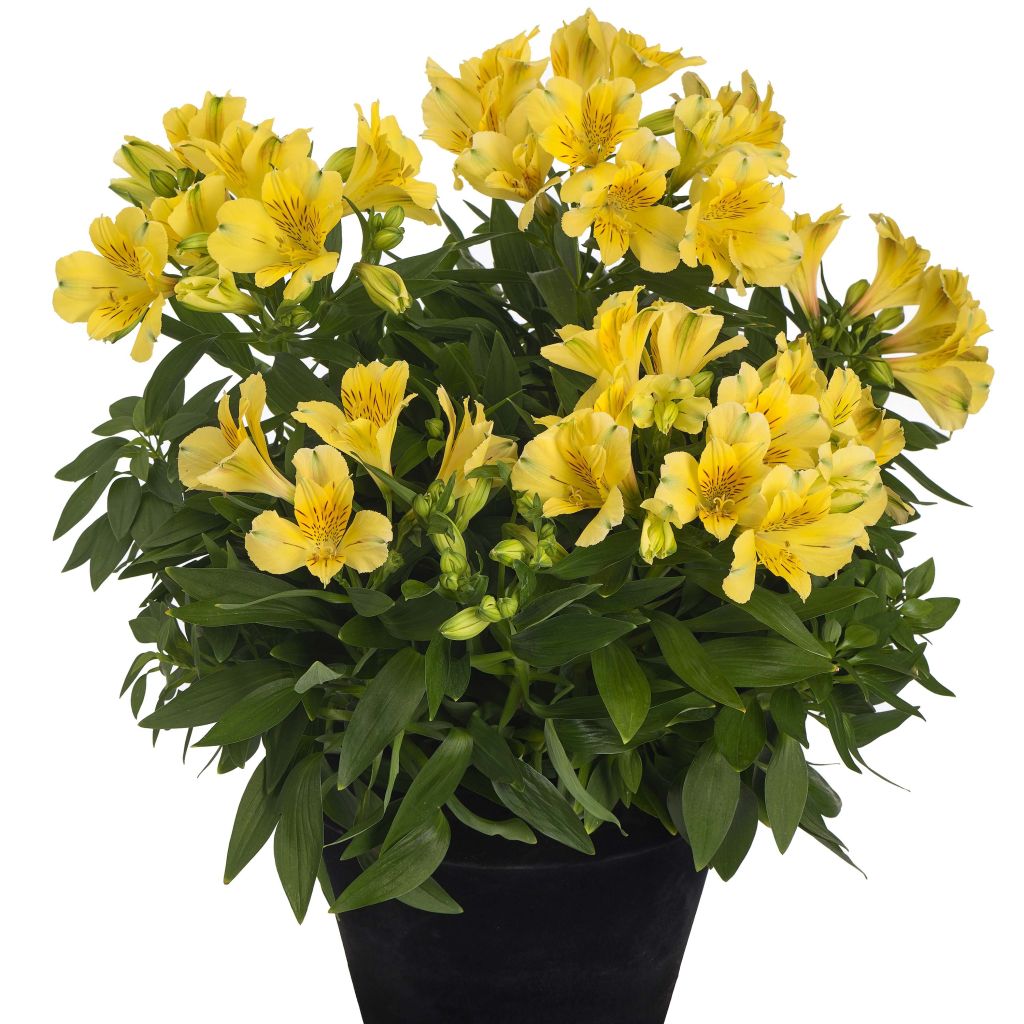

Alstroemeria Inticancha Sun Havana - Peruvian Lily
Alstroemeria Inticancha Sun Havana - Peruvian Lily
Alstroemeria Inticancha Sun Havana ®
Peruvian Lily, Lily of the Incas
This item cannot be shipped to the selected country
Delivery charge from €5.90
More information
Schedule delivery date,
and select date in basket
This plant carries a 6 months recovery warranty
More information
We guarantee the quality of our plants for a full growing cycle, and will replace at our expense any plant that fails to recover under normal climatic and planting conditions.
From €5.90 for pickup delivery and €6.90 for home delivery
Express home delivery from €8.90.
Does this plant fit my garden?
Set up your Plantfit profile →
Description
The Inca Lily or Alstroemeria 'Havana' is the latest addition to a line of recent hybrids called Inticancha Sun, which are known for their heat resistance and excellent performance in beds and pots. These compact and bushy plants flower for a very long period and their flowers do not burn in the sun. This Alstroemeria Sun Havana produces numerous pale yellow flowers, delicately enhanced with small brown markings. They are complemented by beautiful bright green foliage. Perfectly suited for terrace and balcony decoration, this less hardy variety also performs well in beds where it is grown as an annual in regions less mild than ours.
The Alstroemeria Inticancha® Sun Havana is the result of hybridization between several tuberous species native to South America, particularly the Chilean Andes. These high-altitude plants belonging to the amaryllis family can be more or less hardy and thrive in cool, well-drained soils in lightly wooded areas. They take a long time to establish themselves and can either disappear or become invasive! Quirky but fantastic plants, very sensitive to growing conditions, they are "indestructible" once you find the right spot for them.
'Inticancha® Sun Havana', like all plants in the Inticancha® series, is not difficult to grow in humus-rich, light soil, both in the ground and in pots, and it has a compact growth habit. The plant quickly forms small bushy clumps with leafy stems reaching 50 cm (20in) in height when in bloom, with a spread of 40 cm (16in). Flowering occurs from June-July to October-November, despite the heat and until the first frost. The open flowers are arranged in terminal umbels. They consist of 3 small central petals surrounded by 3 larger, lanceolate petals. The foliage is located on the upper part of the stems. The leaves of this variety are a vibrant green. The foliage and stems disappear in winter, leaving only the underground stump with fleshy roots that can withstand temperatures as low as -5/-7°C. The stump is sensitive to the shock of transplantation, especially in older plants.
Alstroemeria 'Inticancha® Sun Havana' is a superb variety for potted flower arrangements and for cut flowers. On the terrace or balcony, it forms a colourful bouquet that rivals balcony geraniums in brilliance. The Inticancha alstroemerias, with their various colours, blend well together. In beds, this plant can be paired, for example, with dwarf daylilies or ornamental grasses, such as Stipa, Carex, or Muhlenbergia capillaris, which will complement its autumn colours with their foliage and magnificent late-season blooms. Ceratostigma plumbaginoides, with its intense blue flowers and red foliage in October, can also be planted at its base.
Note: Attention, our young plug plants are professional products intended for experienced gardeners: upon receipt, transplant and store them under shelter (veranda, greenhouse, cold frame) at a temperature above 14°C for a few weeks before being installed outdoors once the risk of frost is definitively eliminated.
Report an error about the product description
Alstroemeria Inticancha Sun Havana - Peruvian Lily in pictures


Flowering
Foliage
Plant habit
Botanical data
Alstroemeria
Inticancha Sun Havana ®
Alstroemeriaceae
Peruvian Lily, Lily of the Incas
Cultivar or hybrid
Other Annuals
Planting and care
The Alstroemeria Inticancha Sun Havana plants are planted in spring, choosing a location in the morning sun or partial shade, in a light, well-drained, well-worked, sandy or loamy and slightly acidic to neutral, and not too fertile soil. While they appreciate coolness to support their flowering, they adapt quite well to dry soils in summer. These plants are somewhat hardy, down to -5 or -7 °C, if the soil remains dry in winter. The stump can be protected with a thick mulch of leaves or fern fronds in autumn. Slugs love young shoots; make sure to protect them. Growing them in pots allows the plants to be sheltered from frost by storing them in a bright, airy, and minimally heated space.
Planting period
Intended location
Care
This item has not been reviewed yet - be the first to leave a review about it.
Haven't found what you were looking for?
Hardiness is the lowest winter temperature a plant can endure without suffering serious damage or even dying. However, hardiness is affected by location (a sheltered area, such as a patio), protection (winter cover) and soil type (hardiness is improved by well-drained soil).

Photo Sharing Terms & Conditions
In order to encourage gardeners to interact and share their experiences, Promesse de fleurs offers various media enabling content to be uploaded onto its Site - in particular via the ‘Photo sharing’ module.
The User agrees to refrain from:
- Posting any content that is illegal, prejudicial, insulting, racist, inciteful to hatred, revisionist, contrary to public decency, that infringes on privacy or on the privacy rights of third parties, in particular the publicity rights of persons and goods, intellectual property rights, or the right to privacy.
- Submitting content on behalf of a third party;
- Impersonate the identity of a third party and/or publish any personal information about a third party;
In general, the User undertakes to refrain from any unethical behaviour.
All Content (in particular text, comments, files, images, photos, videos, creative works, etc.), which may be subject to property or intellectual property rights, image or other private rights, shall remain the property of the User, subject to the limited rights granted by the terms of the licence granted by Promesse de fleurs as stated below. Users are at liberty to publish or not to publish such Content on the Site, notably via the ‘Photo Sharing’ facility, and accept that this Content shall be made public and freely accessible, notably on the Internet.
Users further acknowledge, undertake to have ,and guarantee that they hold all necessary rights and permissions to publish such material on the Site, in particular with regard to the legislation in force pertaining to any privacy, property, intellectual property, image, or contractual rights, or rights of any other nature. By publishing such Content on the Site, Users acknowledge accepting full liability as publishers of the Content within the meaning of the law, and grant Promesse de fleurs, free of charge, an inclusive, worldwide licence for the said Content for the entire duration of its publication, including all reproduction, representation, up/downloading, displaying, performing, transmission, and storage rights.
Users also grant permission for their name to be linked to the Content and accept that this link may not always be made available.
By engaging in posting material, Users consent to their Content becoming automatically accessible on the Internet, in particular on other sites and/or blogs and/or web pages of the Promesse de fleurs site, including in particular social pages and the Promesse de fleurs catalogue.
Users may secure the removal of entrusted content free of charge by issuing a simple request via our contact form.
The flowering period indicated on our website applies to countries and regions located in USDA zone 8 (France, the United Kingdom, Ireland, the Netherlands, etc.)
It will vary according to where you live:
- In zones 9 to 10 (Italy, Spain, Greece, etc.), flowering will occur about 2 to 4 weeks earlier.
- In zones 6 to 7 (Germany, Poland, Slovenia, and lower mountainous regions), flowering will be delayed by 2 to 3 weeks.
- In zone 5 (Central Europe, Scandinavia), blooming will be delayed by 3 to 5 weeks.
In temperate climates, pruning of spring-flowering shrubs (forsythia, spireas, etc.) should be done just after flowering.
Pruning of summer-flowering shrubs (Indian Lilac, Perovskia, etc.) can be done in winter or spring.
In cold regions as well as with frost-sensitive plants, avoid pruning too early when severe frosts may still occur.
The planting period indicated on our website applies to countries and regions located in USDA zone 8 (France, United Kingdom, Ireland, Netherlands).
It will vary according to where you live:
- In Mediterranean zones (Marseille, Madrid, Milan, etc.), autumn and winter are the best planting periods.
- In continental zones (Strasbourg, Munich, Vienna, etc.), delay planting by 2 to 3 weeks in spring and bring it forward by 2 to 4 weeks in autumn.
- In mountainous regions (the Alps, Pyrenees, Carpathians, etc.), it is best to plant in late spring (May-June) or late summer (August-September).
The harvesting period indicated on our website applies to countries and regions in USDA zone 8 (France, England, Ireland, the Netherlands).
In colder areas (Scandinavia, Poland, Austria...) fruit and vegetable harvests are likely to be delayed by 3-4 weeks.
In warmer areas (Italy, Spain, Greece, etc.), harvesting will probably take place earlier, depending on weather conditions.
The sowing periods indicated on our website apply to countries and regions within USDA Zone 8 (France, UK, Ireland, Netherlands).
In colder areas (Scandinavia, Poland, Austria...), delay any outdoor sowing by 3-4 weeks, or sow under glass.
In warmer climes (Italy, Spain, Greece, etc.), bring outdoor sowing forward by a few weeks.


































